Acetamide
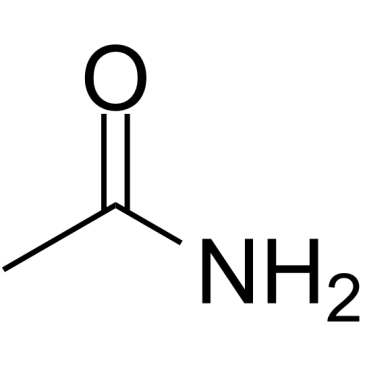
Acetamide structure
|
Common Name | Acetamide | ||
|---|---|---|---|---|
| CAS Number | 60-35-5 | Molecular Weight | 59.067 | |
| Density | 1.0±0.1 g/cm3 | Boiling Point | 78.4±23.0 °C at 760 mmHg | |
| Molecular Formula | C2H5NO | Melting Point | 78-80 °C(lit.) | |
| MSDS | Chinese USA | Flash Point | 1.2±22.6 °C | |
| Symbol |

GHS08 |
Signal Word | Warning | |
Use of AcetamideAcetamide is used primarily as a solvent and a plasticizer. |
| Name | acetamide |
|---|---|
| Synonym | More Synonyms |
| Description | Acetamide is used primarily as a solvent and a plasticizer. |
|---|---|
| Related Catalog | |
| Target |
Human Endogenous Metabolite |
| Density | 1.0±0.1 g/cm3 |
|---|---|
| Boiling Point | 78.4±23.0 °C at 760 mmHg |
| Melting Point | 78-80 °C(lit.) |
| Molecular Formula | C2H5NO |
| Molecular Weight | 59.067 |
| Flash Point | 1.2±22.6 °C |
| Exact Mass | 59.037113 |
| PSA | 43.09000 |
| LogP | -0.91 |
| Vapour Pressure | 62.4±0.3 mmHg at 25°C |
| Index of Refraction | 1.418 |
| Stability | Stable. Incompatible with strong acids, strong oxidizing agents, strong bases. Deliquescent. Triboluminescent. |
| Water Solubility | 2000 g/L (20 ºC) |
CHEMICAL IDENTIFICATION
HEALTH HAZARD DATAACUTE TOXICITY DATA
MUTATION DATA
|
| Precursor 9 | |
|---|---|
| DownStream 10 | |
| HS Code | 2924199017 |
|---|---|
| Summary | HS:2924199017 acetamide VAT:17.0% Tax rebate rate:9.0% Supervision conditions:none MFN tariff:6.5% General tariff:30.0% |
|
Polymorphisms in the ITS rDNA regions for differentiating strains of the Trichophyton mentagrophytes complex in Sfax-Tunisia.
Mycoses 57(8) , 453-9, (2014) The Trichophyton mentagrophytes complex is the main cause of superficial mycoses in humans and animals. Molecular research has provided useful insights into the taxonomy of this complex to overcome th... |
|
|
Cheminformatics analysis of assertions mined from literature that describe drug-induced liver injury in different species.
Chem. Res. Toxicol. 23 , 171-83, (2010) Drug-induced liver injury is one of the main causes of drug attrition. The ability to predict the liver effects of drug candidates from their chemical structures is critical to help guide experimental... |
|
|
Chemical genetics reveals a complex functional ground state of neural stem cells.
Nat. Chem. Biol. 3(5) , 268-273, (2007) The identification of self-renewing and multipotent neural stem cells (NSCs) in the mammalian brain holds promise for the treatment of neurological diseases and has yielded new insight into brain canc... |
| methanimidic acid, methyl- |
| METHYLFORMAMIDE |
| Acetic-d3 acid-d |
| formamide, methyl- |
| Acetamide |
| acetic amide |
| EINECS 200-473-5 |
| monomethylformamide |
| Methylcarbylamine |
| Tetradeuteroacetic acid |
| Ethanamide |
| Acetic acid-d4 |
| MFCD00008023 |
 CAS#:64-19-7
CAS#:64-19-7![acetic acid,[5-hydroxy-3-(2-hydroxyethyl)pentyl] acetate Structure](https://image.chemsrc.com/caspic/211/87986-82-1.png) CAS#:87986-82-1
CAS#:87986-82-1 CAS#:75-36-5
CAS#:75-36-5 CAS#:108-24-7
CAS#:108-24-7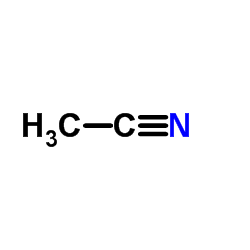 CAS#:75-05-8
CAS#:75-05-8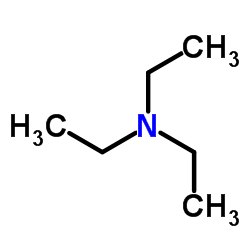 CAS#:121-44-8
CAS#:121-44-8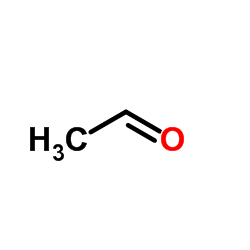 CAS#:75-07-0
CAS#:75-07-0 CAS#:110-83-8
CAS#:110-83-8 CAS#:3998-25-2
CAS#:3998-25-2 CAS#:106014-56-6
CAS#:106014-56-6 CAS#:106014-57-7
CAS#:106014-57-7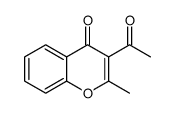 CAS#:10037-20-4
CAS#:10037-20-4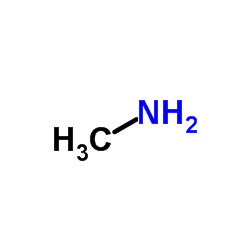 CAS#:74-89-5
CAS#:74-89-5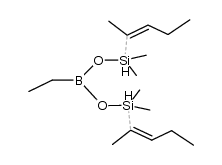 CAS#:111869-87-5
CAS#:111869-87-5 CAS#:67-64-1
CAS#:67-64-1 CAS#:112112-54-6
CAS#:112112-54-6 CAS#:10268-78-7
CAS#:10268-78-7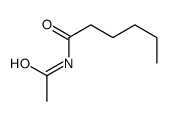 CAS#:10601-70-4
CAS#:10601-70-4 CAS#:5335-91-1
CAS#:5335-91-1
